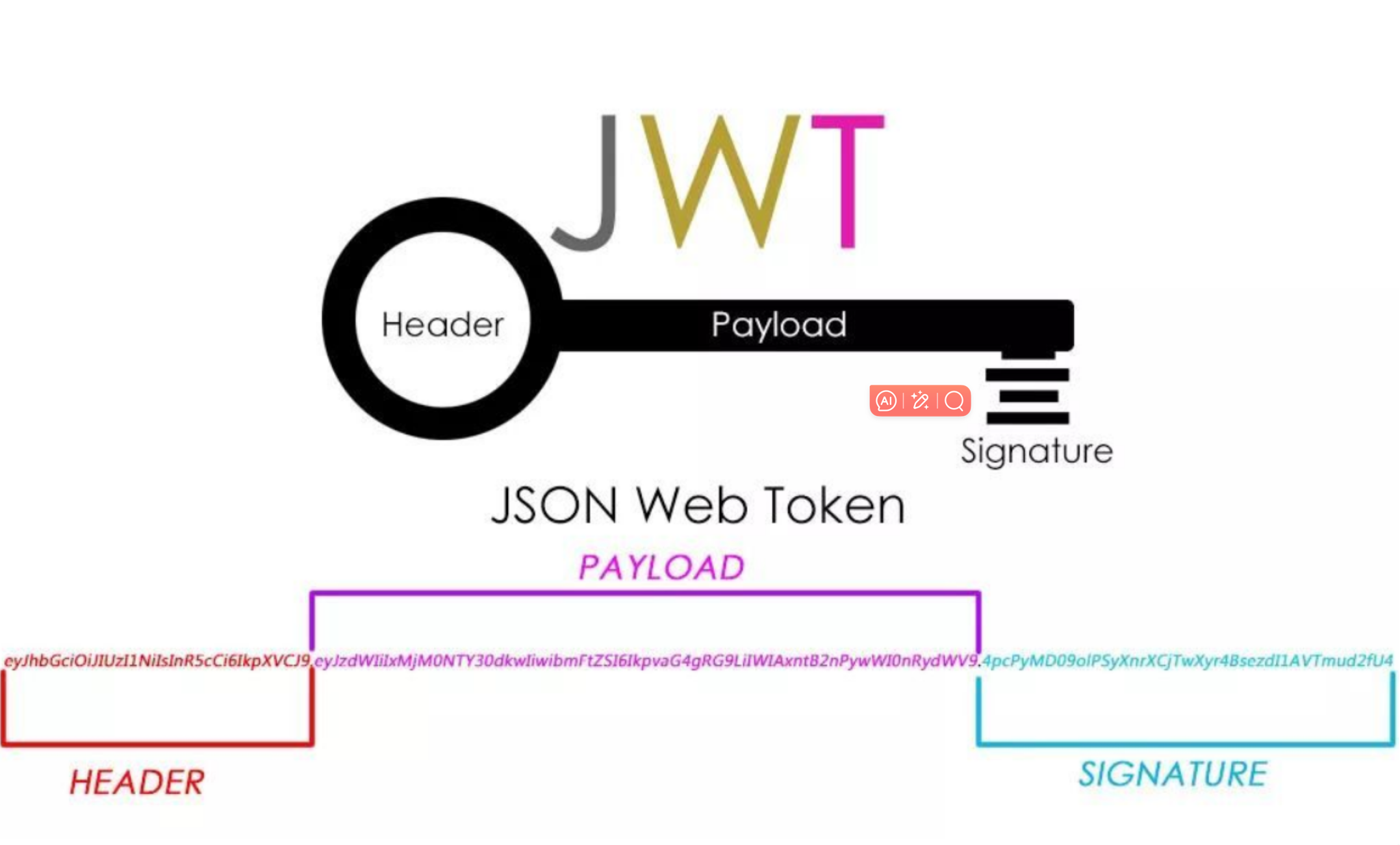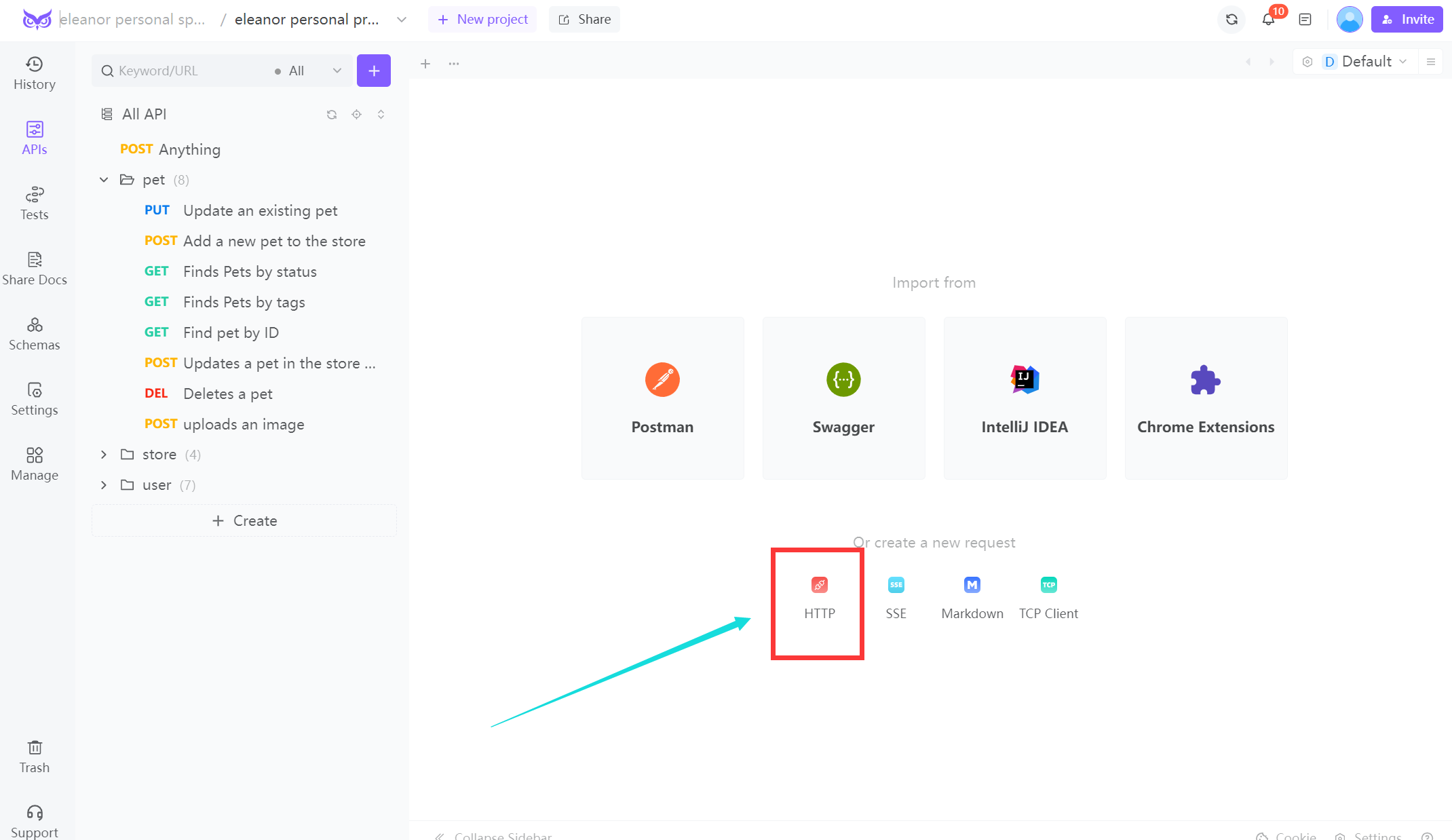What Is JWT Bearer for REST APIs and How to Debug It With Code & Tools?
In this guide,we'l delve into the fundamentals of JWT Bearer tokens,exploring their structure,purpose, and implementationin REST APls.
In today's web development landscape, securing REST APIs is crucial for developers and organizations. One effective method is using JSON Web Tokens (JWT), specifically JWT Bearer tokens.These compact,self-contained tokens facilitate secure information exchange between parties, enhancing user experience by allowing seamless access to resources without repeated logins.

In this guide,we'l delve into the fundamentals of JWT Bearer tokens,exploring their structure,purpose, and implementationin REST APls,Additionally,we'll provide you with practical insights and tools to effectively debug and troubleshoot any issuesthat may arise during development, whether you're a seasoned developer or just starting out, this guide wil equip you withthe knowledge and skills to master JWT Bearer tokens in your projects.
Why Use JWT Bearer for REST APIs
JSON Web Tokens (JWT) are a widely adopted method for securing REST APIs. They offer numerous advantages that make them an ideal choice for token-based authentication in modern web applications.
Advantages:
1.Compact and Self-Contained: JWTs are compact, making them easy to transmit while including all necessary information in a single token.
2.Stateless: JWTs do not require the server to store session state, making them scalable and efficient for distributed systems.
3.Interoperability: JWTs are based on open standards, allowing for easy integration across different platforms.
What is JWT Bearer?
JWT Bearer tokens are authentication tokens encoded as JSON Web Tokens. They are commonly used in OAuth 2.0 protocols to authorize users accessing APIs.
Structure:
A JWT consists of three parts:
1.Header: Indicates the type of token and the signing algorithm.
2.Payload: Contains user claims and authentication data.
3.Signature: Ensures that the token has not been altered.
The encoded token looks like this: header.payload.signature.
How to Implement JWT Bearer in Java
To implement JWT Bearer authentication in a Java REST API, follow these steps:
Step 1: Generate a JWT
import io.jsonwebtoken.Jwts;
import io.jsonwebtoken.SignatureAlgorithm;
import java.util.Date;
public class JwtUtil {
private String secretKey = "your-secret-key";
public String generateToken(String username) {
return Jwts.builder()
.setSubject(username)
.setExpiration(new Date(System.currentTimeMillis() + 86400000)) // expires in 1 day
.signWith(SignatureAlgorithm.HS256, secretKey)
.compact();
}
}
Step 2: Use the Token in Requests
In your controller, extract the token from the Authorization header:
import javax.servlet.http.HttpServletRequest;
public void someEndpoint(HttpServletRequest request) {
String authHeader = request.getHeader("Authorization");
if (authHeader != null && authHeader.startsWith("Bearer ")) {
String token = authHeader.substring(7);
// Validate the token here
}
}
Step 3: Validate the JWT
import io.jsonwebtoken.Claims;
import io.jsonwebtoken.Jwts;
public Claims validateToken(String token) {
return Jwts.parser()
.setSigningKey(secretKey)
.parseClaimsJws(token)
.getBody();
}
How to Use Tools to Test JWT Bearer
Testing JWT Bearer authentication can be easily done using tools like EchoAPI.
Using EchoAPI:
1.Open EchoAPI and create a new request.

2.Set the HTTP method and URL of your API endpoint.
3.In the headers section, add a new header with the key Authorization and the value Bearer your_jwt_here.

4.Send the request and observe the response.
Using cURL:
To test your API with cURL, you can use the following command:
curl -X GET http://api.example.com/endpoint \
-H "Authorization: Bearer your_jwt_here"
Conclusion
JWT Bearer tokens provide a robust, efficient, and highly scalable way to secure REST APIs. By implementing JWT in Java, you can easily manage user authentication without maintaining session state. Testing JWTs with tools like EchoAPI and cURL simplifies the process, ensuring that your APIs are robust and user access is secure. As the demand for secure API solutions continues to grow, mastering JWT Bearer tokens will remain essential for developers.




 EchoAPI for VS Code
EchoAPI for VS Code

 EchoAPI for IntelliJ IDEA
EchoAPI for IntelliJ IDEA

 EchoAPl-Interceptor
EchoAPl-Interceptor

 EchoAPl CLI
EchoAPl CLI
 EchoAPI Client
EchoAPI Client API Design
API Design
 API Debug
API Debug
 API Documentation
API Documentation
 Mock Server
Mock Server








